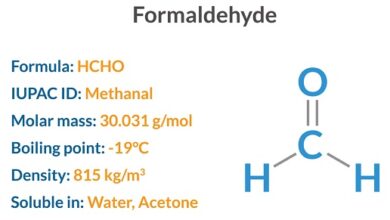What is Granuloma formation Types and treatment
Granuloma
Granuloma is the medical term Chinese . In addition, it was used to designate a type of inflammation in the tissue of the human body , in the form of a nodule, formed mainly as a result of the reaction of immune cells that try to eliminate “foreign agents” from the body.
The granuloma is formed in an attempt by the body’s immune system to protect the body. However, due to the resistance of the offending agent, which is difficult to degrade, the cells fail to phagocytize it (ie, “eat it”), causing them to accumulate.
Granulomas – which are popularly known as cysts or tumors – can be caused by infections from the following diseases: tuberculosis, leprosy (leprosy), syphilis, histoplasmosis, schistosomiasis, among others.
It can also be a symptom of a non-infectious disease such as rheumatic fever and rheumatoid arthritis.
Formation of granuloma
The granuloma is an inflammatory reaction and is formed with the aim of containing the offending agent , since it is unable to eliminate it. With that, countless cells are recruited to the place where the aggressor agent is.
An example is the granuloma formed in tuberculosis ( Mycobacterium tuberculosis infection ) and in some fungal infections.
It is a chronic infection, where prolonged cytokine signaling occurs. As a result, T lymphocytes and macrophages are activated and release cytokines, which recruit more T cells and macrophages, and thus a vicious cycle of amplification of the inflammation signal occurs.
In addition to the chronic inflammatory process, fibrosis occurs subsequently at the site, leading to replacement of the injured tissue by collagen, and with that the region loses its function.
Types of Granulomas
There are two main types of granulomas, with their respective subtypes: foreign body granuloma and epithelioid (immune) granuloma.
Basically, immune granulomas are formed by insoluble parts of invading microorganisms. As for the foreign body, as the name suggests, they are formed from the body’s attempt to expel synthetic materials from the body, such as sutures and prostheses.
Granulomas are also classified according to anatomical and morphological characteristics, in addition to their etiology (the cause of progress) and pathogenesis (the mechanisms that originated these granules).
Pyogenic granuloma ( also known as “spongy meat”) is one of the most common types, formed as a result of tissue injury, causing a proliferation of blood vessels that cause a tumor lesion in the form of an ulcer.
Granuloma treatment
It is advisable to seek medical advice in advance, mainly due to the diversity of types of granulomas. The treatment will be developed from the discovery of the causes that provided the formation of the granuloma.
In the case of pyogenic granuloma, this can be treated with chemical cauterization or electrocoagulation, when the lesions are larger.


